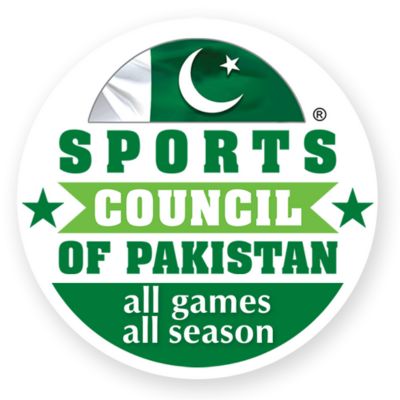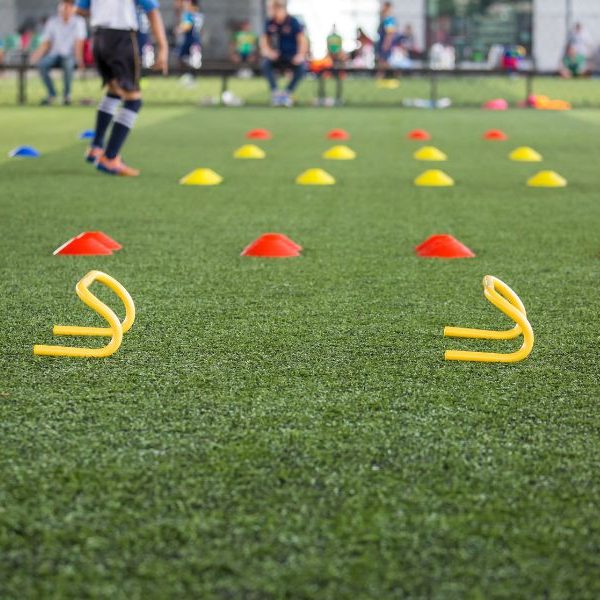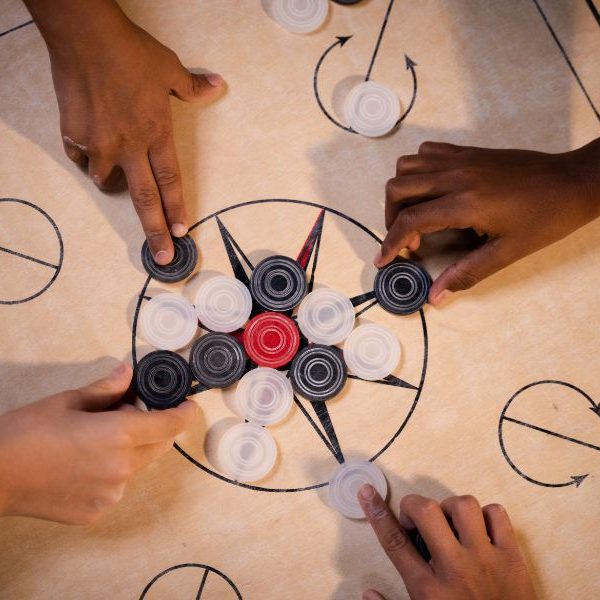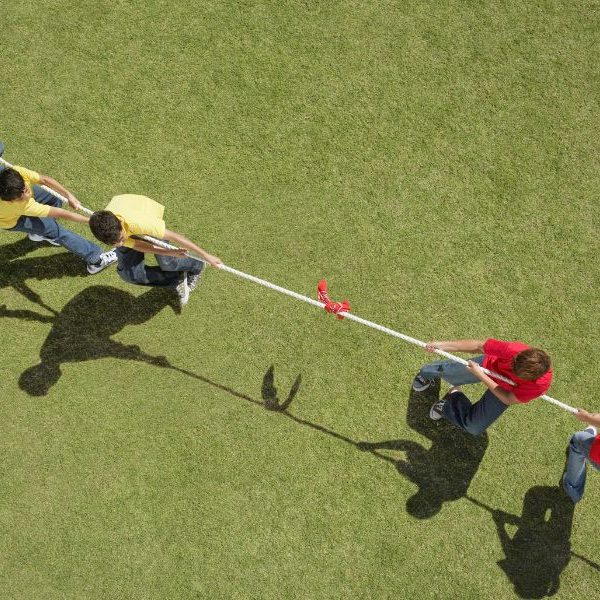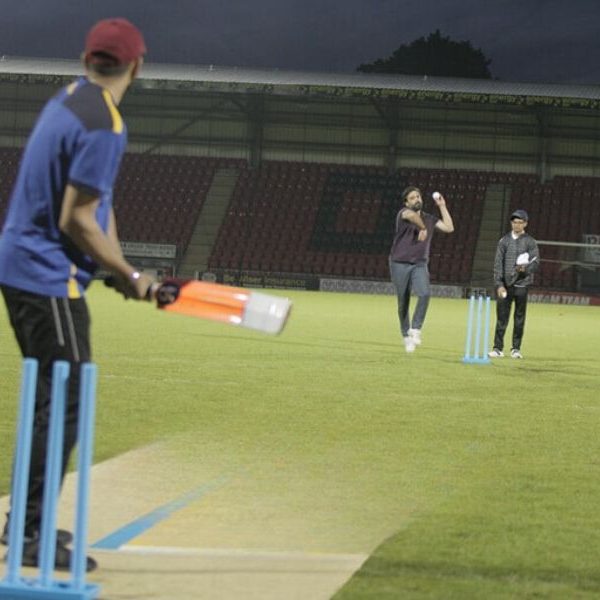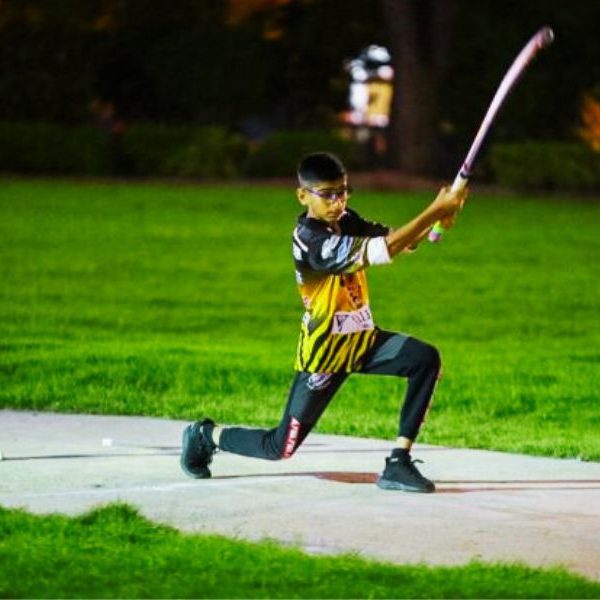_
The Progression of Non-Traditional Sports
Non-traditional games and sports are enjoying a surge in popularity in Pakistan. Sporting offerings beyond mainstream activities such as Tape Ball Cricket, surfing, skateboarding, climbing, rugby, netball, basketball, and Kabaddi are more accessible than ever, giving children and parents a wealth of options when choosing the athletic pursuits that best meet their needs. But what, exactly, are they? What are the implications of choosing a non-traditional sport instead of, or alongside, mainstream alternatives?
Deviation from mainstream activities also presents an opportunity to increase participation in indigenous games. Whether non-traditional and indigenous games fall within the same category may be a topic for debate, but the chance to improve engagement in these activities should also be welcomed.
Many mainstream sporting activities, particularly team sports, have enjoyed a privileged position in society — often in the form of extra funding, better access to facilities, greater numbers of coaches and competitions, and enhanced overall awareness — which itself perpetuates their increased levels of participation. But there is a huge array of options beyond the activities that have traditionally commanded most attention within physical education programs and the youth sports space in general.
Deviation from mainstream activities also presents an opportunity to increase participation in indigenous games. Whether non-traditional and indigenous games fall within the same category may be a topic for debate, but the chance to improve engagement in these activities should also be welcomed.
Many mainstream sporting activities, particularly team sports, have enjoyed a privileged position in society — often in the form of extra funding, better access to facilities, greater numbers of coaches and competitions, and enhanced overall awareness — which itself perpetuates their increased levels of participation. But there is a huge array of options beyond the activities that have traditionally commanded most attention within physical education programs and the youth sports space in general.
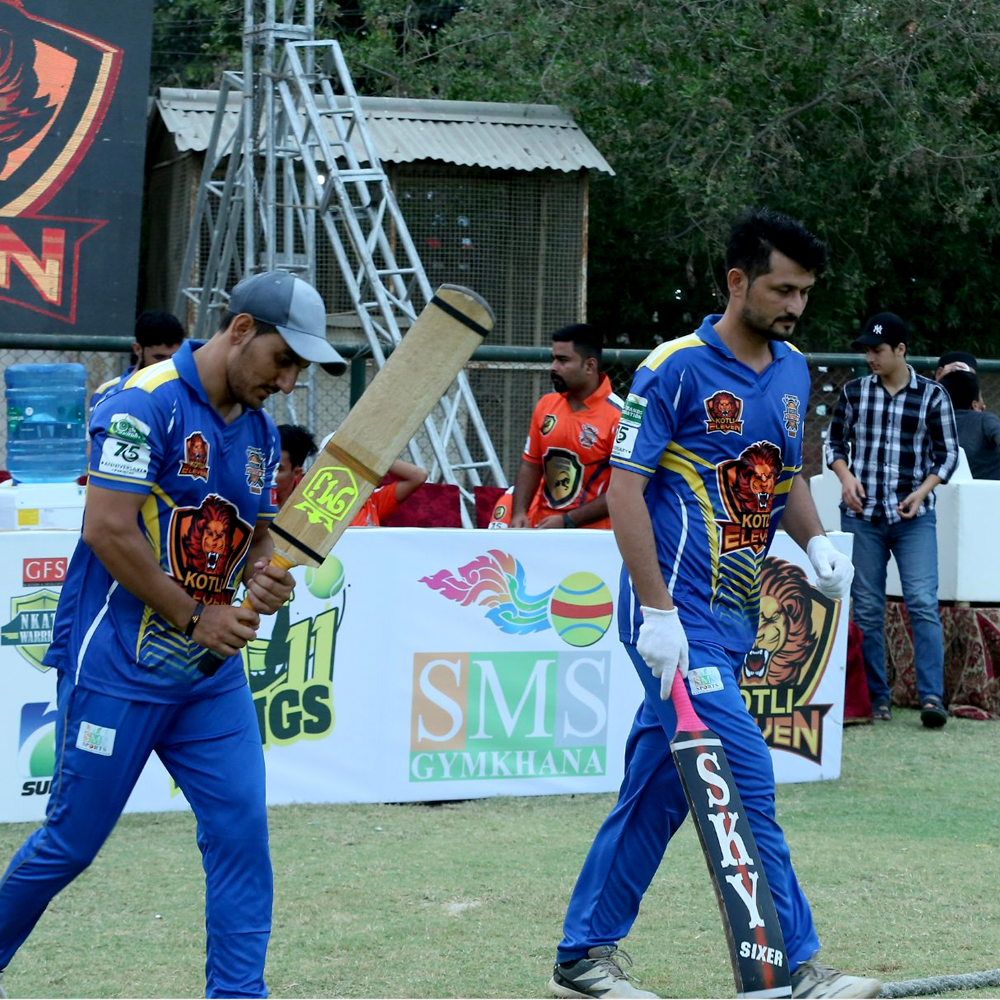

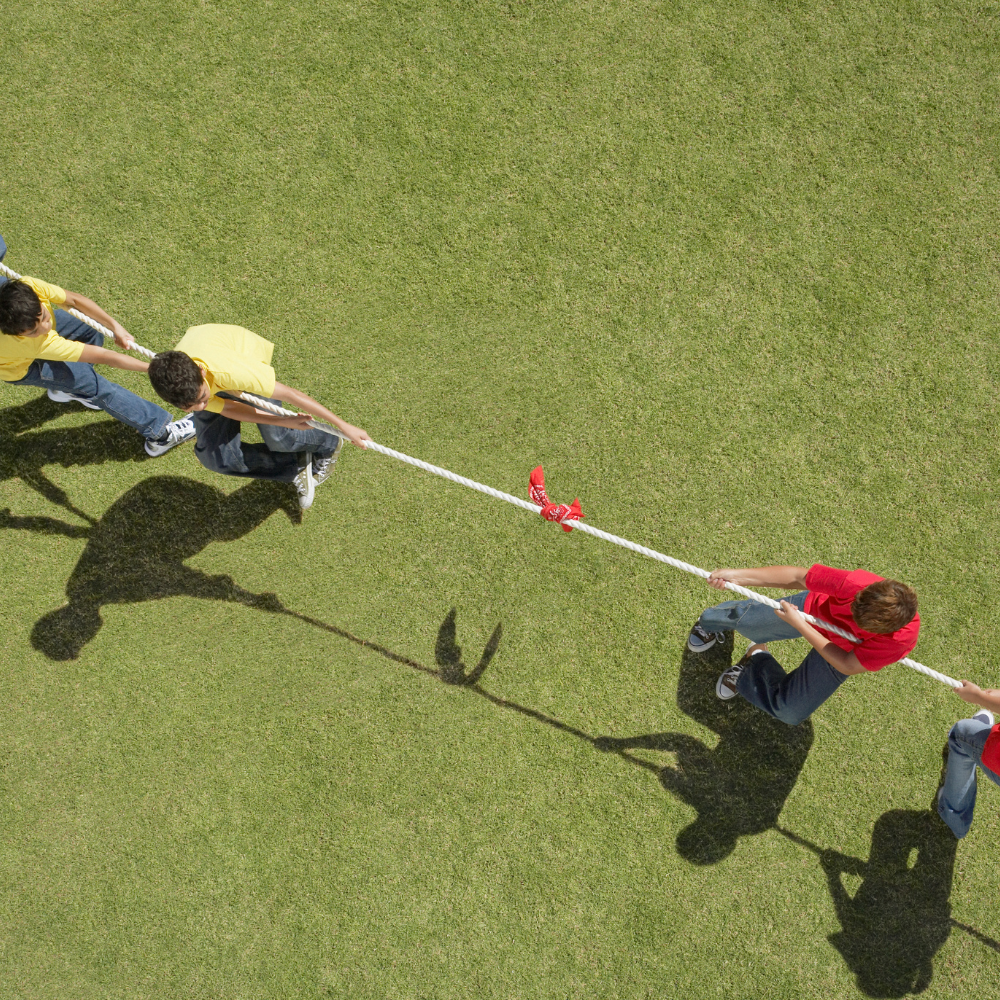

Escaping the Cultural Norms of Mainstream Sporting Activities
Non-traditional sporting activities are often less influenced by the cultural norms embedded within mainstream sporting environments. For instance, they may be less focused upon competitive outcomes or results; offer more mixed participatory groups when it comes to characteristics like age, gender, or ability; place a greater emphasis on fun and learning; or take place within structures that are less hierarchical (for example, where less significance is given to team selections, or where coaches are less commanding and more facilitative).
Non-traditional sports allow us to broaden the spectrum of sporting opportunities we give young people during this crucial sampling period, thereby increasing the likelihood that they find an activity they love, engage with it completely, and remain physically active (and healthy) throughout their lives.
Non-traditional sports allow us to broaden the spectrum of sporting opportunities we give young people during this crucial sampling period, thereby increasing the likelihood that they find an activity they love, engage with it completely, and remain physically active (and healthy) throughout their lives.
